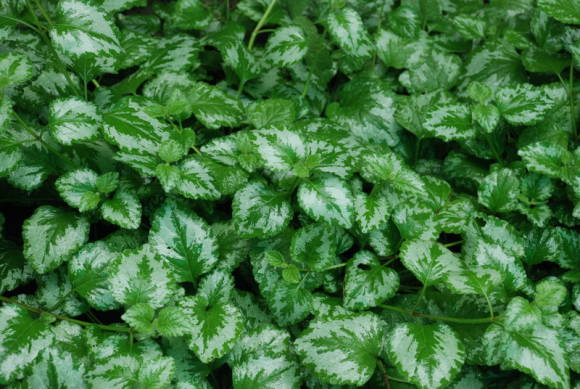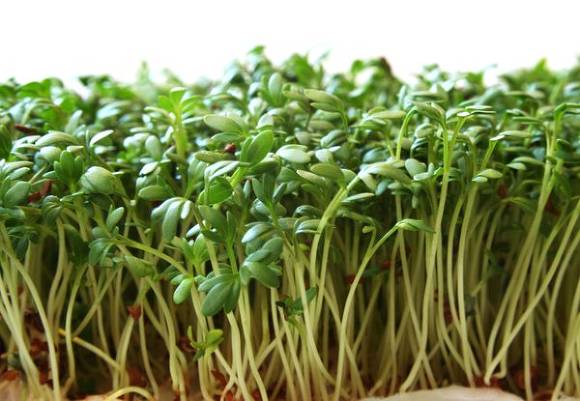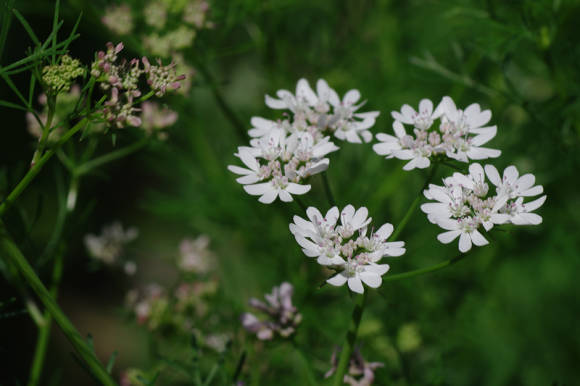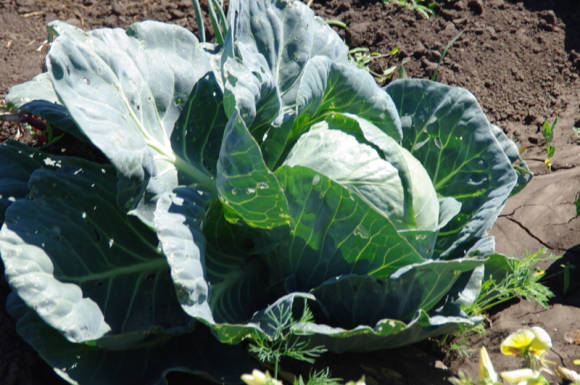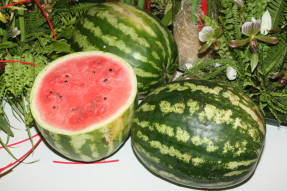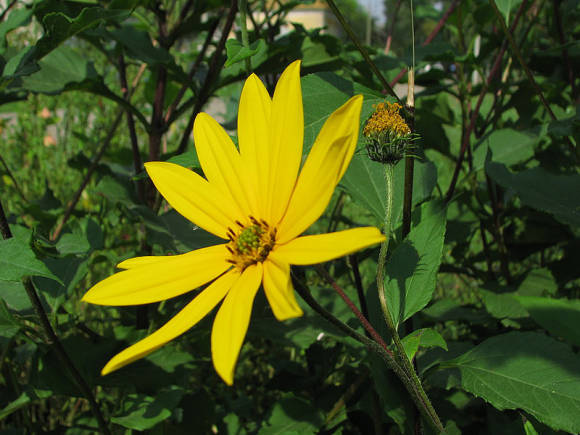 The use of potted plants in the interior has become an integral part of its design. The classics of the genre are potted plants. Where can we do without cozy violets on the windowsills, cacti on the computer desk and a ficus in a tub!
The use of potted plants in the interior has become an integral part of its design. The classics of the genre are potted plants. Where can we do without cozy violets on the windowsills, cacti on the computer desk and a ficus in a tub!
But what if all this is not enough or the pots do not really fit into the image and style?
How to emphasize your individuality and taste?
The solution to the problem can be the use of decorative glass elements. They are good for any room, but in modern interiors they are so simply necessary. They can be used as independent elements or in combination with living plants, compositions of dried flowers, to build florariums and "gardens in bottles", to use a variety of natural and artificial fillers.
Your favorite plants will gladly respond to the content in the glass, because there is a more favorable microclimate for them. Do not forget about the optical magnification inherent in glass - all parts of plants, shells, pebbles, figures will be perfectly visible through a transparent barrier. It will be possible to consider each root, pebble or grain of sand separately and, at the same time, perceive the composition as a whole. If you fill a transparent vessel, for example, with seashells collected during your vacation, then when you look at it you will remember this blessed time and disconnect from everyday life and routine. In our crazy life, such moments are very important!
Compositions with plants and natural fillers can remind you of different parts of our planet, and not just serve as a bouquet in a vase. Build a piece of desert using succulents, cacti, rocks and sand. You can make a tropical site from decorative deciduous or flowering plants. Create alien landscapes from colored sand and plants of unusual shapes and colors. Low and high, cubic and spherical, narrow and wide containers will allow you to create a variety of compositions and place accents, occupy the vertical and horizontal, the plane and volume of the room, visually expand or contract the space. This exciting activity will help improve your mood not only for you, but for everyone who sees the result!
 |  |
Of course, this is easy only at first glance. It is necessary to know the laws of compatibility and compatibility of plants and decorative elements. For example, you should not plant a plant from a pot directly into a colored filler, combine ivy and cacti in one composition, visually “weight” the composition with stones, snags, shells, use a large number of plants. If there is decorative sand in the composition, remember that it will be difficult to remake a drawing from it behind a glass wall if you do not like it. Therefore, from the very beginning, carefully think over the sequence in which layer by layer you will pour it, forming a picture.
The diameter of the glass vessel should be larger than the plastic one, and the pot should not have drainage holes. If you do not get carried away with watering and avoid waterlogging, in the presence of a drainage layer, sufficient illumination, the plants will develop well and look great. If you want to replace the plant, then, so as not to destroy the drawing from natural material, use two plastic pots, inserted one into the other like a nesting doll.
 |  |  |
This is how large glass containers are decorated. This method is not suitable for tall glass vases, since its diameter is too small. If you insert a pot into it, it will fill the entire space, leaving no room for decor. In this case, you can do this - place a rolled metal mesh in a vase, and put a pot with a plant decorated with a silver ribbon on it. You can color the composition with elegant butterflies - the composition is made in high-tech style.Caring for it is not difficult; if desired, it can be easily disassembled and returned to the original purpose of the vase.
Create, invent, try! Drop standards and customary solutions! Feel like a designer of your own unique style!

